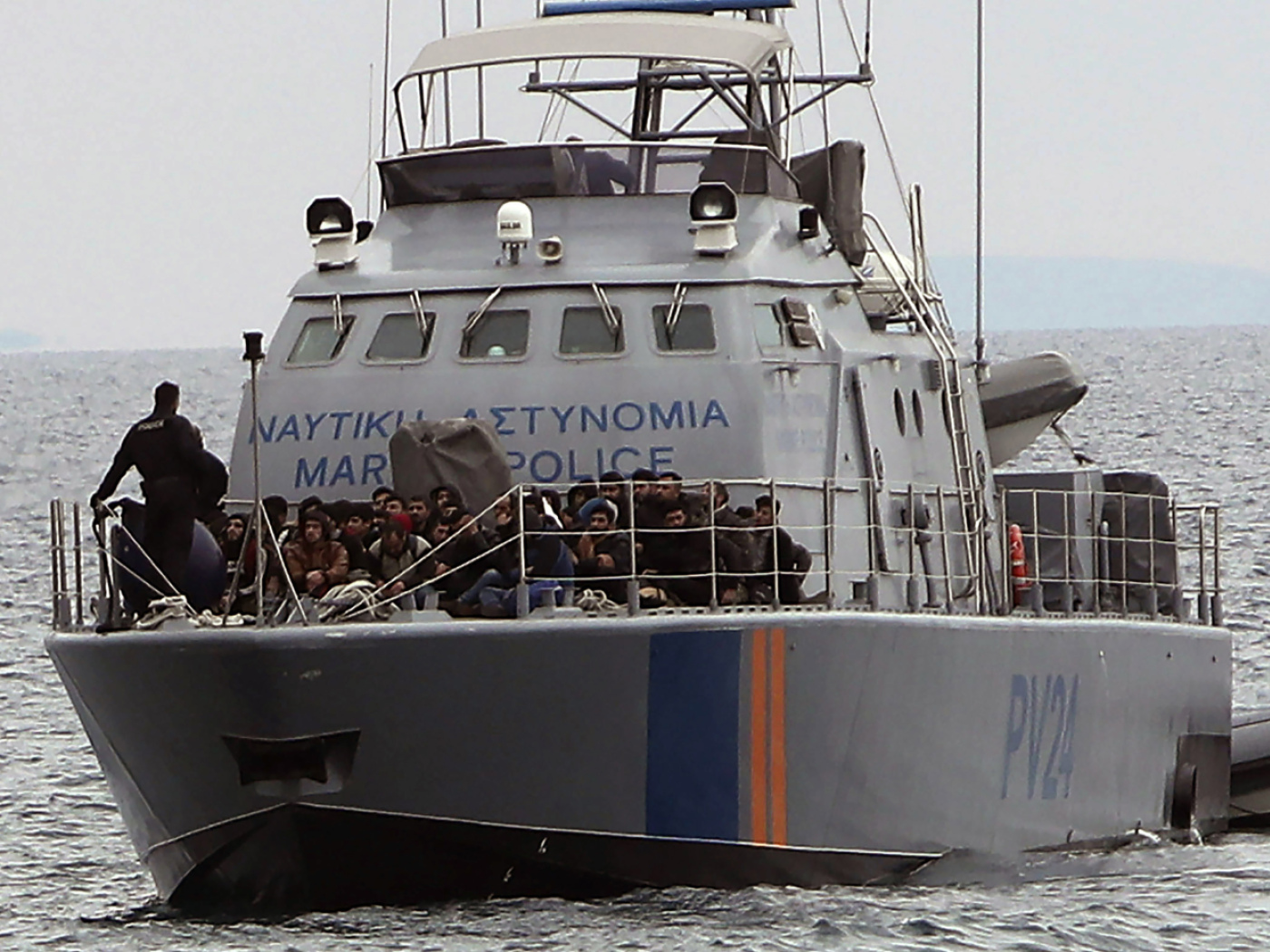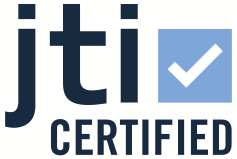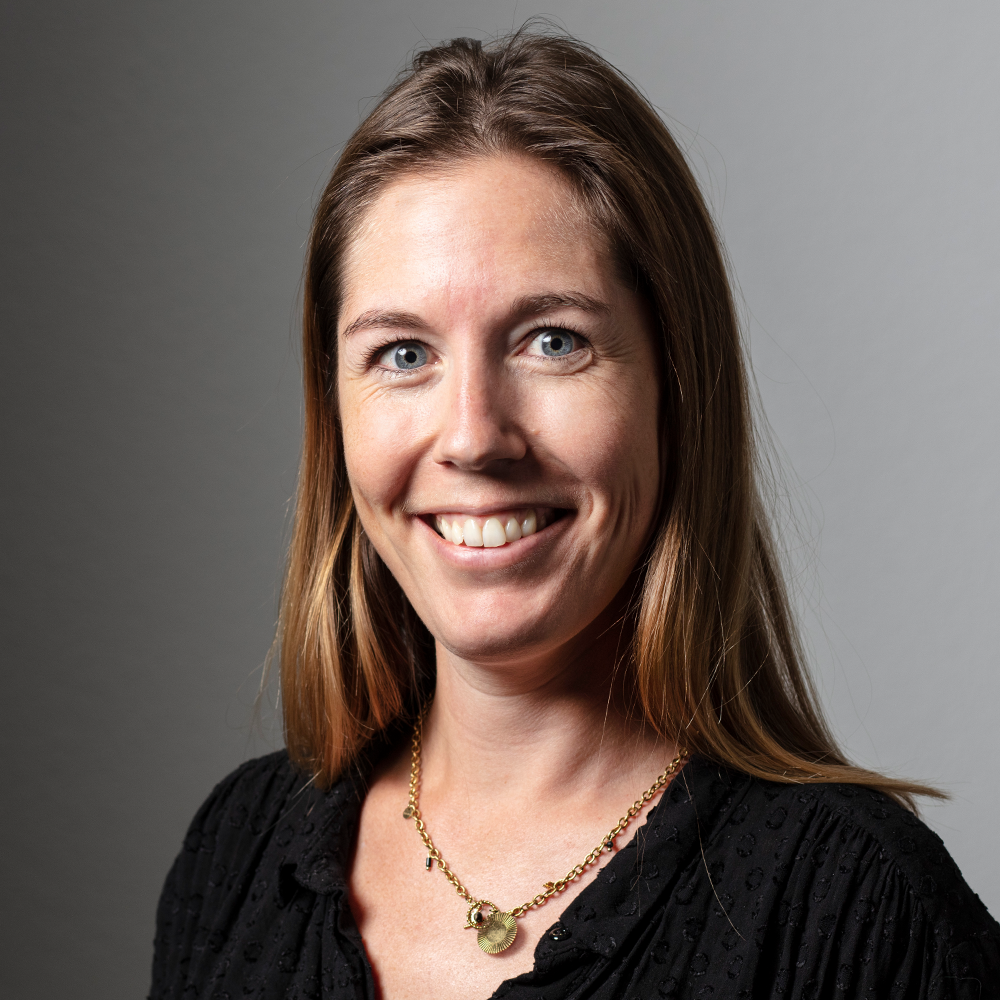Switzerland must participate in EU Migration Pact, says government

As a signatory of Europe's Schengen/Dublin cooperation agreements, Switzerland must participate in the reform of the European migration and asylum system, says the government, which submitted its message to parliament on Friday on the EU Pact on Migration and Asylum.
+Get the most important news from Switzerland in your inbox
The pact, which consists of ten texts, aims to make the European migration and asylum system more efficient, more resilient to crises, and more inclusive, the government argues. The reform is intended to curb illegal migration in Europe and limit secondary migration within Europe’s Schengen area by harmonising and optimizing asylum procedures.
The distribution of asylum-seekers must be more inclusive. The burden on Schengen member states subject to high migratory pressure must be balanced, says the government.
Switzerland must adapt its legislation
The Federal Council supports the European pact, and Switzerland must therefore adapt its legislation accordingly, it argues. Five of the ten texts are fully or partially binding.
In particular, Switzerland must adopt the regulation on asylum and migration management. This defines which “Dublin state” is responsible for processing an asylum application. The Dublin criteria establish which country is responsible for dealing with an asylum application. This prevents asylum seekers from submitting an application for asylum in more than one state.
The current rules will remain in place, but the deadlines for clarifying jurisdiction have been shortened, allowing for faster transfers.
To reduce secondary migration, an applicant’s ties to a specific Dublin state are being taken into greater consideration. Stricter requirements have been set for the transfer of powers from one Dublin state to another.
Exceptions in case of crisis
The new regulation aimed at addressing crisis situations only partially applies to Switzerland. It defines the modalities allowing states, in exceptional situations, to temporarily derogate from the rules governing asylum and migration management, in particular by extending the duration of Dublin procedures.
The EU has also introduced a new regulation establishing a border return procedure. This regulation applies to third-country nationals and stateless persons whose applications have been rejected in a border asylum procedure. Switzerland is not required to implement it.
The revised Eurodac regulation – the EU’s centralised biometric database – is binding on Switzerland. It guarantees the interoperability of this database with other European IT systems. The facial image and fingerprints of everyone from the age of six, rather than 14, are now included, as well as new categories of individuals.
Finally, the new pact introduces a procedure for swiftly screening third-country nationals who have entered the Schengen area and do not meet the required entry conditions. The competent authorities must subject the individuals concerned to an identity check, a security check, and a health screening.
Translated from French with DeepL/sb
This news story has been written and carefully fact-checked by an external editorial team. At SWI swissinfo.ch we select the most relevant news for an international audience and use automatic translation tools such as DeepL to translate it into English. Providing you with automatically translated news gives us the time to write more in-depth articles.
If you want to know more about how we work, have a look here, if you want to learn more about how we use technology, click here, and if you have feedback on this news story please write to english@swissinfo.ch.

In compliance with the JTI standards
More: SWI swissinfo.ch certified by the Journalism Trust Initiative


















You can find an overview of ongoing debates with our journalists here . Please join us!
If you want to start a conversation about a topic raised in this article or want to report factual errors, email us at english@swissinfo.ch.